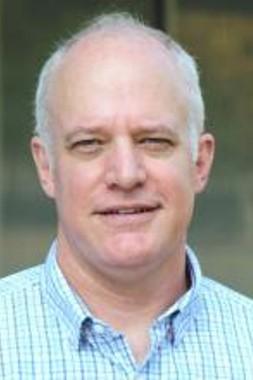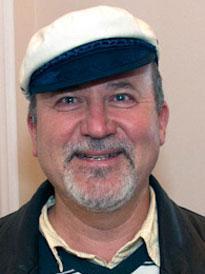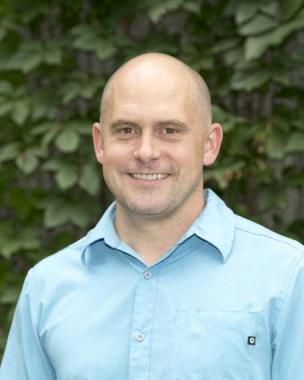Our People

Geoffrey Wood
Associate Professor, Pathobiology
Pathology of neoplasia; multi-species comparative cancer genetics; biomarkers of cancer in dogs; mouse models of human cancer
Website:

Samuel Workenhe
Assistant Professor, Pathobiology
Immuno-oncology, RNA-seq, proteomics
Website:
Yoel Yakobi
M.Binf. ‘21
I can easily recognize how the University of Guelph’s Master of Bioinformatics program gave me the skills and knowledge necessary to explore the many dimensions of medicine, even now at the outset of my medical career. Prior to beginning the MBINF program, I had very little exposure to statistics, programming, or bioinformatics as a whole; I had just completed a bachelor’s degree in Arts and Science in which I tailored my studies to a future in medicine, oblivious to the impact that the MBINF program would have on my career.
Within the first few months, I experienced a rapid shift in my understanding of various topics like biology, ecology, health and more as I gained skills in statistics and coding. Today, I can acknowledge that our increasing reliance on computing for both research and practice hasn’t simply augmented the study of each of these topics alone, but it also facilitated and strengthened their interdisciplinary nature, with medicine being no exception. How might environmental factors like climate change and air pollution impact the health of a population? How do we scale our perception of a genetic disease from an individual to a population? We are witnessing a collision between the worlds of medicine, environmental science, and public policy among others, necessitating a holistic understanding of multiple disciplines and the ability to integrate them with an underlying bioinformatics approach.
As I continue through my medical education, I increasingly appreciate the unique perspective I’ve gained from the MBINF program, and the opportunities it has given me to share and apply my newfound knowledge. Whether I choose to pursue my programming skills in research or temporarily put them aside as I take on a more clinical role, the year I spent in the MBINF program has succeeded in shifting the course of my medical career for the better.
Yan Yan
Assistant Professor, School of Computer Science
Machine learning; computational biology; genomics; de novo peptide sequencing; AI-assisted digital agriculture
Website:

Krassimir Joseph Yankulov
Professor, Molecular and Cellular Biology
Epigenetics; DNA replication; gene expression
Website:

John Zettel
Associate Professor, Human Health and Nutritional Sciences
Biomechanics; visuomotor control; impaired mobility and falls
Website:



